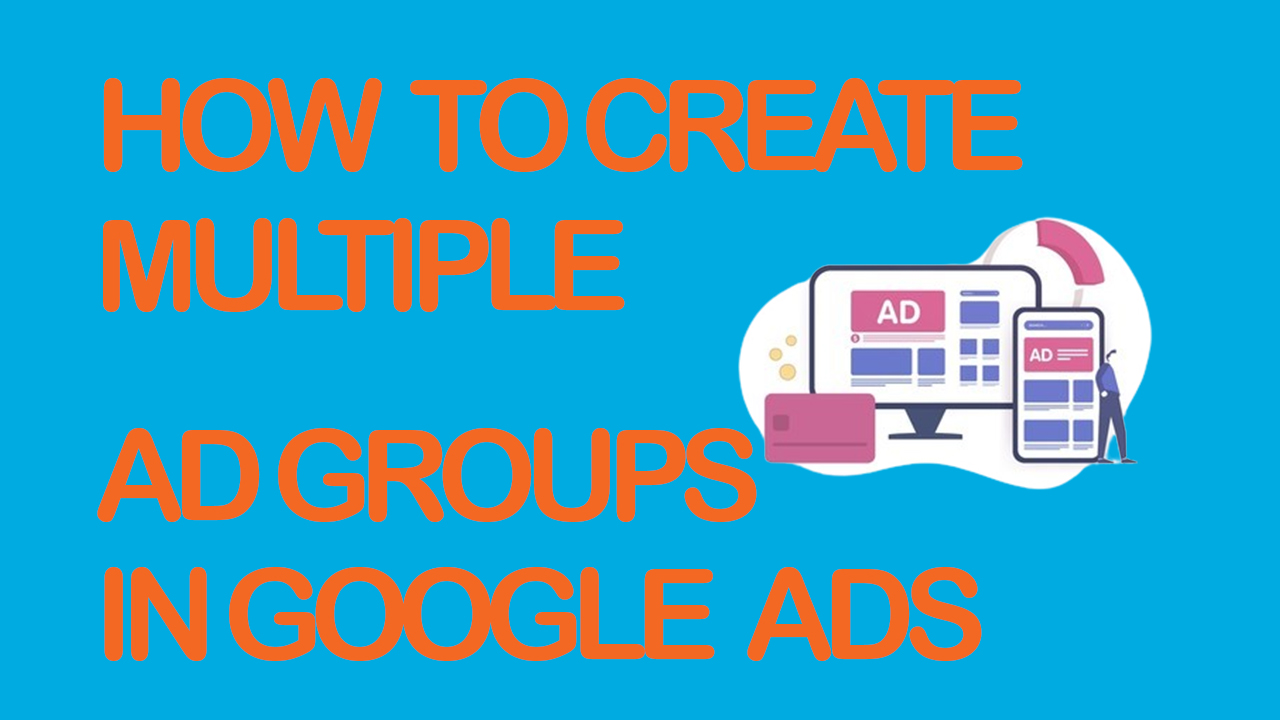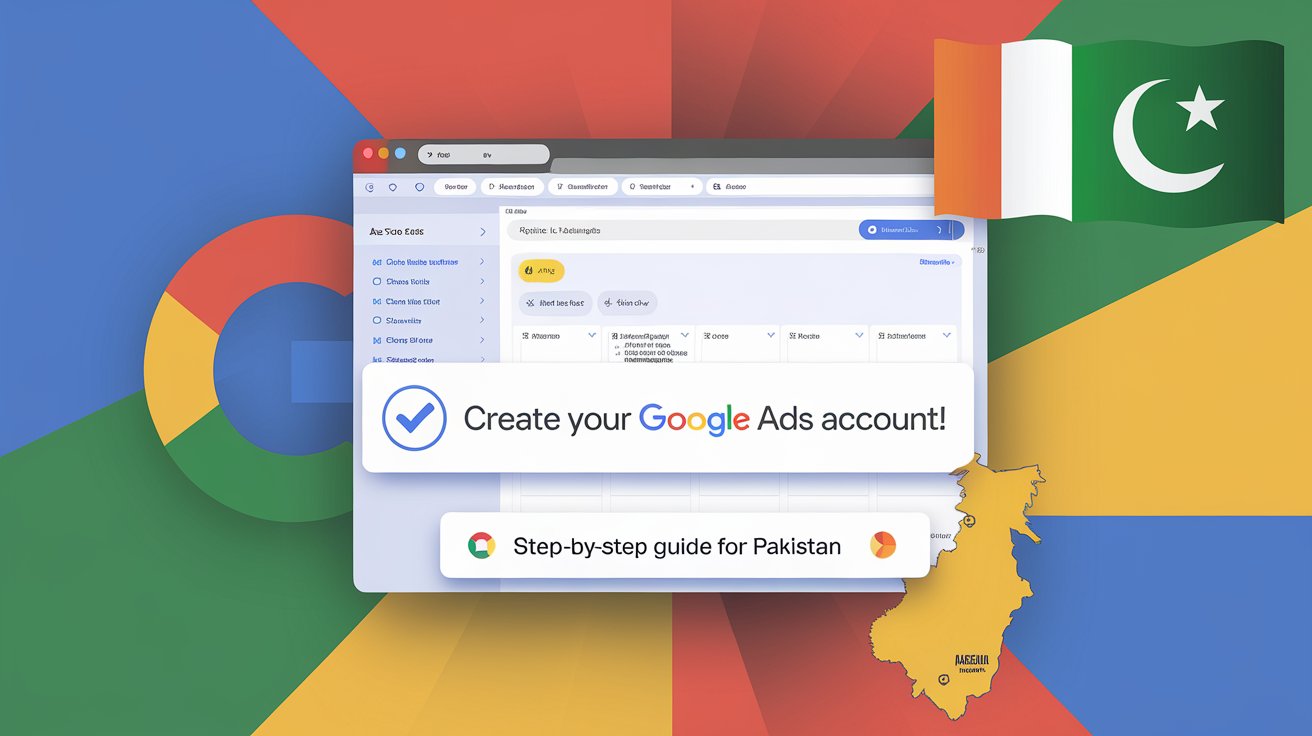In today’s digital age, social media advertising has become an indispensable tool for businesses of all sizes. Among the various platforms available, Facebook stands out as a powerhouse, offering unparalleled reach and sophisticated targeting options. At the heart of Facebook’s advertising ecosystem lies the Ads Manager—a robust platform that allows businesses to create, manage, and analyze their ad campaigns. This comprehensive guide will walk you through the process of creating a Facebook Ads Manager account, setting it up for success, and leveraging its features to maximize your advertising efforts.
Understanding Facebook Ads Manager
Before diving into the setup process, it’s crucial to understand what Facebook Ads Manager is and why it’s so valuable for advertisers.
Facebook Ads Manager is a centralized tool that allows businesses to create and manage their advertising campaigns across Facebook, Instagram, Messenger, and the Audience Network. It provides a suite of features including ad creation, audience targeting, budget management, performance tracking, and reporting.
Key benefits of using Facebook Ads Manager include:
- Centralized control over multiple ad campaigns
- Detailed targeting options to reach specific audiences
- Comprehensive analytics and reporting tools
- The ability to manage ads across multiple Facebook-owned platforms
- Access to various ad formats and placements
Step-by-Step Guide to Creating Your Facebook Ads Manager Account
Step 1: Access Facebook Business Manager
To get started, you’ll need to create a Facebook Business Manager account if you haven’t already. Business Manager is a tool that allows you to manage your business assets (like your Pages and ad accounts) in one place.
- Go to business.facebook.com
- Click on the “Create Account” button
- Follow the prompts to set up your account
Step 2: Enter Business Information
You’ll be asked to provide some basic information about your business:
- Business name
- Your name and work email address
- Business details such as address, phone number, and website
Ensure that you use a business email address rather than a personal one, as this helps establish the legitimacy of your account.
Step 3: Complete Business Manager Setup
After entering your business information, you’ll need to complete a few more steps to finalize your Business Manager setup:
- Verify your email address by clicking the link sent to your inbox
- Add a profile picture for your business
- Invite team members if you want to grant them access to your Business Manager account
Step 4: Navigate to Ads Manager
Once your Business Manager account is set up, you can access Ads Manager:
- In Business Manager, click on the menu in the top-left corner
- Select “Business Settings”
- In the left sidebar, click on “Accounts,” then “Ad Accounts”
Step 5: Create a New Ad Account
Now it’s time to create your ad account:
- Click the “Add” button
- Select “Create a New Ad Account”
- Follow the prompts to set up your account
Step 6: Provide Account Details
You’ll need to enter some specific information for your ad account:
- Account name: Choose a name that clearly identifies this account
- Time zone: Select the appropriate time zone for your business
- Currency: Choose the currency you’ll use for billing
Tip: If you’re managing multiple businesses or clients, consider using a naming convention that makes it easy to distinguish between accounts.
Step 7: Set Up Billing
To run ads, you’ll need to add a payment method:
- Go to your ad account settings
- Click on “Payment Settings”
- Add a payment method (credit card, PayPal, or bank account in some regions)
- Set a spending limit if desired to control your ad spend
Step 8: Invite Team Members
If you’re working with a team or agency, you can grant them access to your ad account:
- In Business Settings, go to “Ad Accounts”
- Select your ad account
- Click “Assign People” and enter their email addresses
- Choose the appropriate access level (Admin, Advertiser, or Analyst)
Step 9: Link Your Facebook Page
Connect your business’s Facebook Page to your ad account:
- In Ad Account Settings, go to “Ad Account Roles”
- Click “Add Pages”
- Select the Facebook Page(s) you want to link
Step 10: Begin Ad Creation
With your account set up, you’re ready to create your first ad campaign:
- In Ads Manager, click “Create” to start a new campaign
- Choose your campaign objective
- Set up your ad set with targeting and budget options
- Create your ad with text, images or video, and links
- Review and publish your ad
Optimizing Your Facebook Ads Manager Account
Creating your account is just the beginning. To make the most of Facebook Ads Manager, consider these optimization tips:
Utilize Facebook Pixel
The Facebook Pixel is a piece of code you place on your website to track conversions, remarket to visitors, and create lookalike audiences. To set it up:
- In Events Manager, create a new Pixel
- Install the Pixel code on your website
- Set up event tracking for specific actions (e.g., purchases, sign-ups)
Create Custom Audiences
Custom Audiences allow you to target people who have already interacted with your business:
- In Audiences, click “Create Audience”
- Choose from options like customer lists, website visitors, or app users
- Use these audiences for retargeting or to create lookalike audiences
Experiment with Different Ad Formats
Facebook offers various ad formats, including:
- Single image or video ads
- Carousel ads
- Collection ads
- Instant Experience ads
Test different formats to see which performs best for your objectives.
Use A/B Testing
Facebook’s A/B testing feature allows you to compare different ad elements:
- Create a new A/B test in Ads Manager
- Choose what you want to test (e.g., creative, audience, placement)
- Run the test and analyze results to optimize future campaigns
Monitor Performance and Adjust
Regularly check your ad performance:
- Use the reporting tools in Ads Manager to track key metrics
- Adjust your targeting, creative, or budget based on performance
- Consider using automated rules to pause underperforming ads or increase budget for high-performers
Best Practices for Facebook Advertising
To ensure your advertising efforts are effective and compliant:
- Familiarize yourself with Facebook’s Advertising Policies
- Keep your ad copy clear, concise, and engaging
- Use high-quality images or videos that align with your brand
- Ensure your landing pages are mobile-friendly and fast-loading
- Start with a small budget and scale up as you learn what works
- Continuously test and refine your targeting and ad creative
Conclusion
Creating and optimizing your Facebook Ads Manager account is a crucial step in leveraging the power of social media advertising for your business. By following this guide and implementing the best practices outlined, you’ll be well-positioned to create effective ad campaigns that reach your target audience and achieve your marketing objectives.
Remember that successful Facebook advertising requires ongoing learning and adaptation. Stay informed about new features and changes to the platform, and don’t be afraid to experiment with different strategies. With persistence and data-driven decision-making, you can harness the full potential of Facebook Ads Manager to grow your business and achieve your marketing goals.
Would you like me to elaborate on any specific aspect of Facebook Ads Manager or provide more information on advanced advertising strategies?








